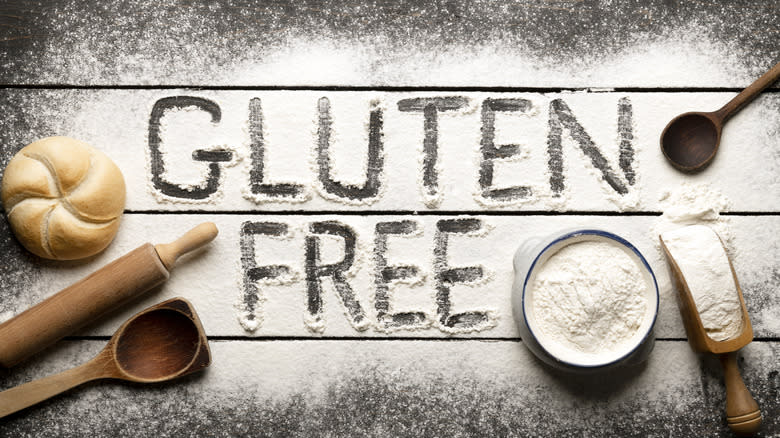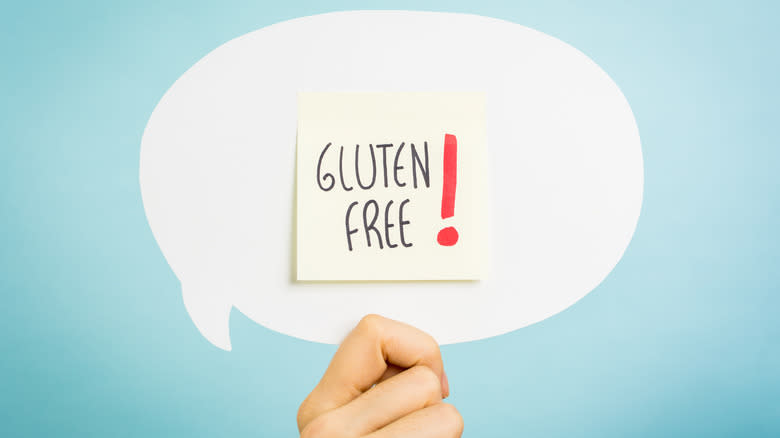Why Certified Gluten-Free Flour May Not Be Suitable For Those With Celiac Disease

Although avoiding gluten has become trendy, for some people, it is critical. According to the Harvard School of Public Health, around 1% of the population, or 1 in 133 Americans, have celiac disease, an autoimmune disorder where gluten can trigger an inflammation response from the immune system, potentially causing digestive issues, malnutrition, and intestinal damage, as well as susceptibility to other diseases and health conditions. For people with celiac disease, the only "cure" is a lifelong gluten-free diet, explains Johns Hopkins Medicine.
In recent years, with growing awareness of gluten issues for a growing number of people, more and more products, including flour, are being labeled as gluten-free, or even certified gluten-free. This should come as a relief for those on a gluten-free diet. However, a big caveat is in order — certified gluten-free does not actually mean that something doesn't have any gluten whatsoever. It just means that whatever amount of gluten it might contain is under an acceptable threshold, as defined by the organization providing the certification. For some people with severe celiac disease, that may not be good enough.
Read more: 30 Healthy Snack Ideas That Won't Ruin Your Diet
Different Acceptable Thresholds

In the United States, the Food and Drug Administration allows products to be labeled "gluten-free" if they have less than 20 parts per million (ppm) of gluten. The FDA also doesn't require manufacturers to actually test for gluten in the finished food products that are so labelled, and leaves it up to the manufacturer to ensure that the item contains less than 20 ppm of gluten, explains Mikey's.
Beyond the FDA, there are private third-party organizations that also provide certifications, sometimes with stricter standards: Gluten Intolerance Group runs the Gluten-Free Certification Organization (GFCO), whose "certified gluten-free" label applies to foods with less than 10 ppm of gluten, while the National Celiac Association runs the Gluten-Free Food Program (GFFP), which provides certification for foods with less than 5 ppm of gluten (via Thrive Market).
Although the National Celiac Association and the Celiac Disease Foundation both consider 20 ppm of gluten to be a safe amount for most people with celiac disease, it's important to note that everyone's body is different. Some people with celiac disease may have reactions to less than 20 ppm or even 10 ppm of gluten. In those cases, relying on a "certified gluten-free" label on flour or other products could lead still lead to digestive and other health issues.
Read the original article on Tasting Table.

